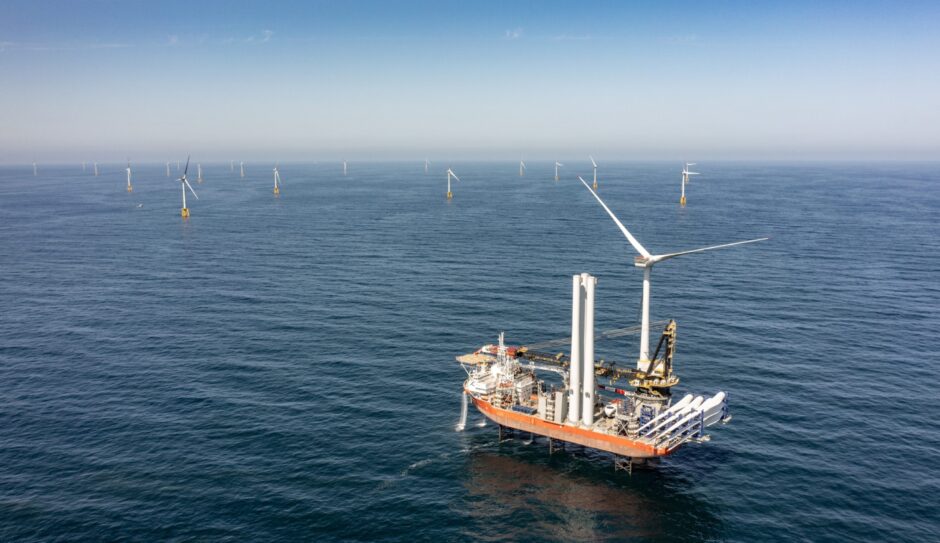
Over 150GW of unsanctioned offshore wind capacity is at risk of not meeting investment deadlines, analysts warned, as more diverse developments breed greater uncertainty.
Nearly 40% of the roughly 380GW of global offshore wind capacity forecast to reach a final investment decision (FID) between now and 2030 is considered “risked”, according to a new report from Westwood Global Energy.
The at-risk portfolio amounts to around $353 billion in potential investment, out of a total pot of over $880bn.
Westwood analysts categorised each pre-sanction project based on 10 criteria and segmented them into three main certainty statuses – ‘probable’, ‘possible’ and ‘risked’ – the latter indicating doubts over the ability to meet stated FID deadlines.
The authors point to a series of challenges facing project approvals, as developers navigate different national policies and financial support packages, as well as the need to match supply chain availability.
That is compounded by additional uncertainties around grid availability and port infrastructure readiness.
Developers were also categorised according to the risk profiles of their portfolios, with supermajors TotalEnergies (PAR:TTE) and BP (LON:BP) identified as amongst the highest risk given their substantial project pipelines but “limited or no operational capacity.”
That contrasts with the likes of Orsted and RWE, who boast “sizeable” track records and a lower proportion of ‘risked’ unsanctioned projects, Westwood said.
Bahzad Ayoub, a senior analyst in offshore wind said: “Offshore wind market uncertainty is rife. Growing diversity of developers in the marketplace, combined with evolving development and commercialisation approaches has created a complex landscape.
“This is compounded further by the diversification of the investor landscape, with oil and gas majors, public investment funds, and even fashion houses entering the sector. However, despite this uncertainty, there is significant opportunity ahead to be capitalised on, but we must first understand the risk.”
“When viewed collectively, our current projections reveal a pipeline that faces sizeable risks before reaching FID, with only 9% of capacity ‘Probable’ with the remaining 51% ‘Possible’ and 40% ‘Risked’.”
Regional forecast
Looking at projects by global region, Europe hosts the greatest volume of capacity (208GW) set to reach FID by 2030, of which nearly half sits within the ‘possible’ status.
The bulk of China’s 166GW pipeline is also probable or possible, due to its commitment to a ‘National Offshore Wind Policy’, and the fact that most projects are led by an experienced group of national developers.
Asian projects outside of mainland China reflect the greatest proportion of ‘risked’ capacity, with just a small percentage of a nearly 80GW pipeline either sanctioned or probable.
Despite its size, Westwood notes that Europe remains “a game of two halves”, as more mature markets in the UK, Germany and the Netherlands score highly and have a solid track record of delivery.
That contrasts with newer and emerging countries such as Sweden, Finland, Estonia and Latvia, who account for the largest concentration of ‘risked’ projects in the region. Several projects within these countries currently lack a lease award, while the remainder of projects lack a grid connection agreement and offtake agreements, the report notes.
Other regions are combined in a ‘rest of world’ category, dominated by the US. Despite the delays and cancellations seen here of late, Westwood finds the number of ‘risked’ projects remains relatively small, while much of the pipeline already boasts leases and proven developers.
Most ‘risked’ capacity elsewhere is seen in Brazil, Colombia, Australia and New Zealand, all of which are still in the early stages of market development.
Recommended for you
